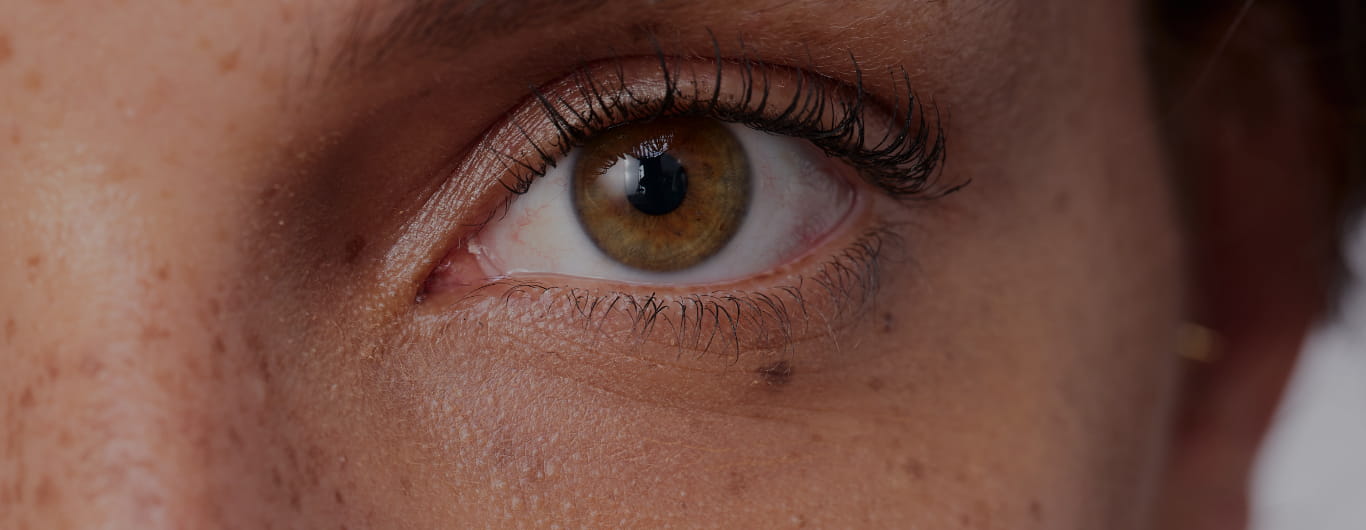Clay has long been used for its medicinal properties[1], in particular when it comes to skincare.
Studies[2] report that applying certain clays to the skin can help purify, absorb excess oil and refresh the skin's surface, as well as promote the healing of topical blemishes.[3]
However, a number of myths still surround clay face masks. We take a look at the three most common misunderstandings, so that you can get the most out of your mask.
Misconception 1: Not choosing the right clay for your skin type
Clay is a general term for a variety of natural mineral compositions, and each type of clay has different properties – meaning they each suit different skin types and concerns to promote skin health.
White clay is a fine-grained gentle purifier which reduces excess oil without drying the skin (great for sensitive and dry skin), while green clay has more powerful adsorption and absorption properties, making it suitable for oily skin types. Charcoal - almost pure carbon, so not a clay - is reputed for its ability to draw out impurities and toxins[4].
Misconception 2: Leaving your clay mask on for over ten minutes
Clay face masks permeate into the skin to soak up excess oil (absorption), while also attracting and binding impurities (adsorption). However, this also means that clay can end up drying out the skin if left on for too long.
Instead of waiting for your clay face mask to dry out entirely, it's better to leave on for no more than ten minutes – as recommended by the Pureté Thermale Pore Purifying Clay Mask. If your skin feels dry or tight after removing a clay mask, follow with the soothing Mineral 89 mineralizing water to rehydrate.
Misconception 3: All-over clay mask application
Different areas of the face have separate requirements. You might have an oil-prone T-zone, for example, but dry skin around the cheeks. Applying the same mask everywhere won't necessarily help treat the different concerns, and may even aggravate the skin in places.
Instead, opt for targeted application or multi-masking. This means either limiting your mask to the affected areas (acne blemishes, for example), or using separate masks on different areas of your face.
To sum up? Clay can be great for removing impurities from your pores, but it’s important to make sure you’re using it the right way!
Sources:
[1] Ubick, S. “Mud, Mud, Glorious Mud”, in The Magazine for the California Academy of Sciences, October 2005. [Accessible at: http://www.academia.edu/3494104/Mud_Mud_Glorious_Mud]
[2] ‘Valenti, D.M., Silva, J. et al, ‘Effect of topical clay application on the synthesis of collagen in skin: an experimental study’ in Clinical and experimental dermatology 37.2 (2012) pp. 164-168 [Accessible at: https://pubmed.ncbi.nlm.nih.gov/22340693/]
[3] Williams, L. and Haydel, S. ‘Evaluation of the medicinal use of clay minerals as antibacterial agents’ in International Geology Review 52.8 (2010) pp. 745-770 [Accessible at: https://www.ncbi.nlm.nih.gov/pmc/articles/PMC2904249/]
[4] Bansal, R. and Goyal, M. Activated Carbon Absorption (2005: USA, Taylor & Francis).







